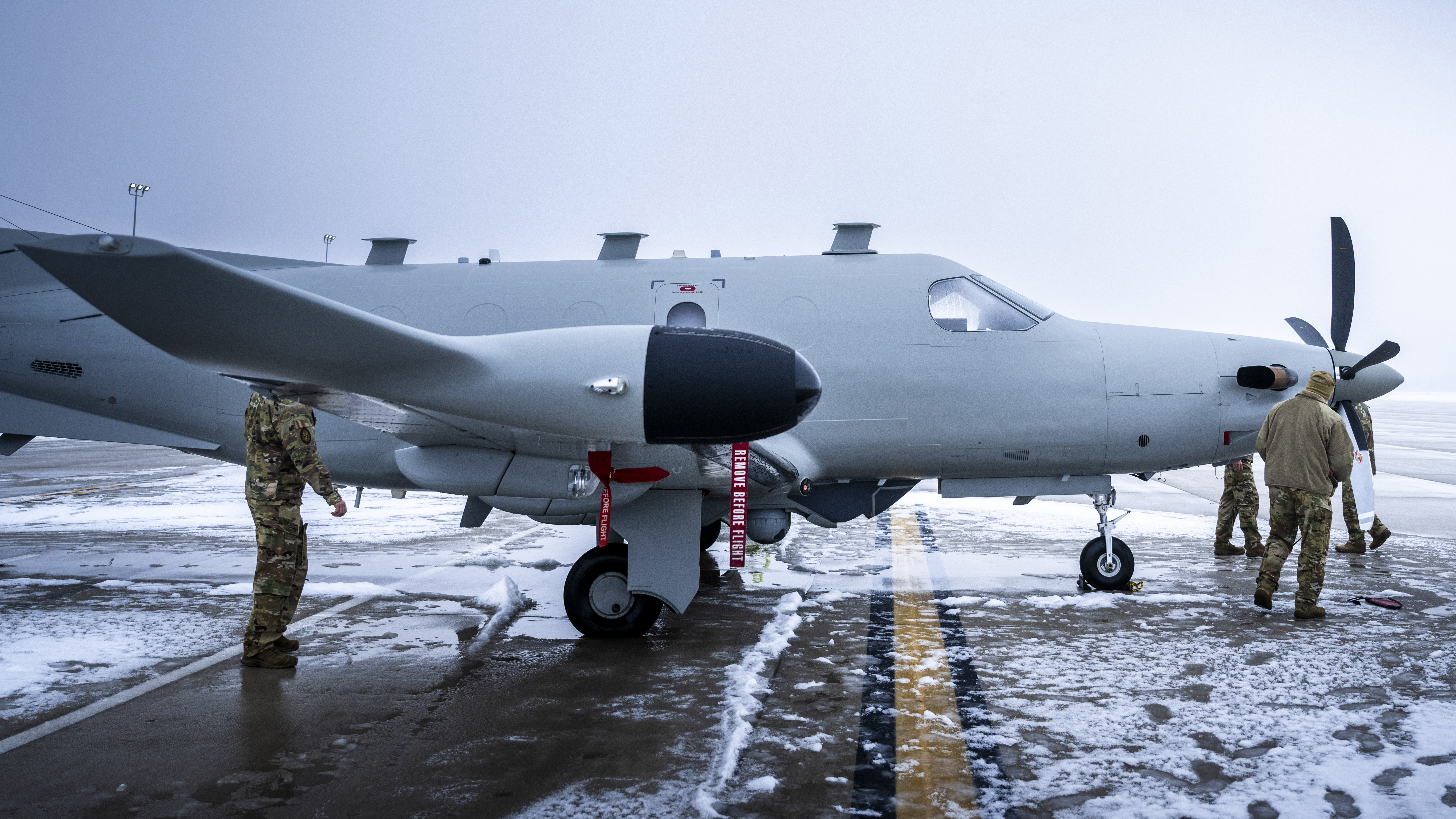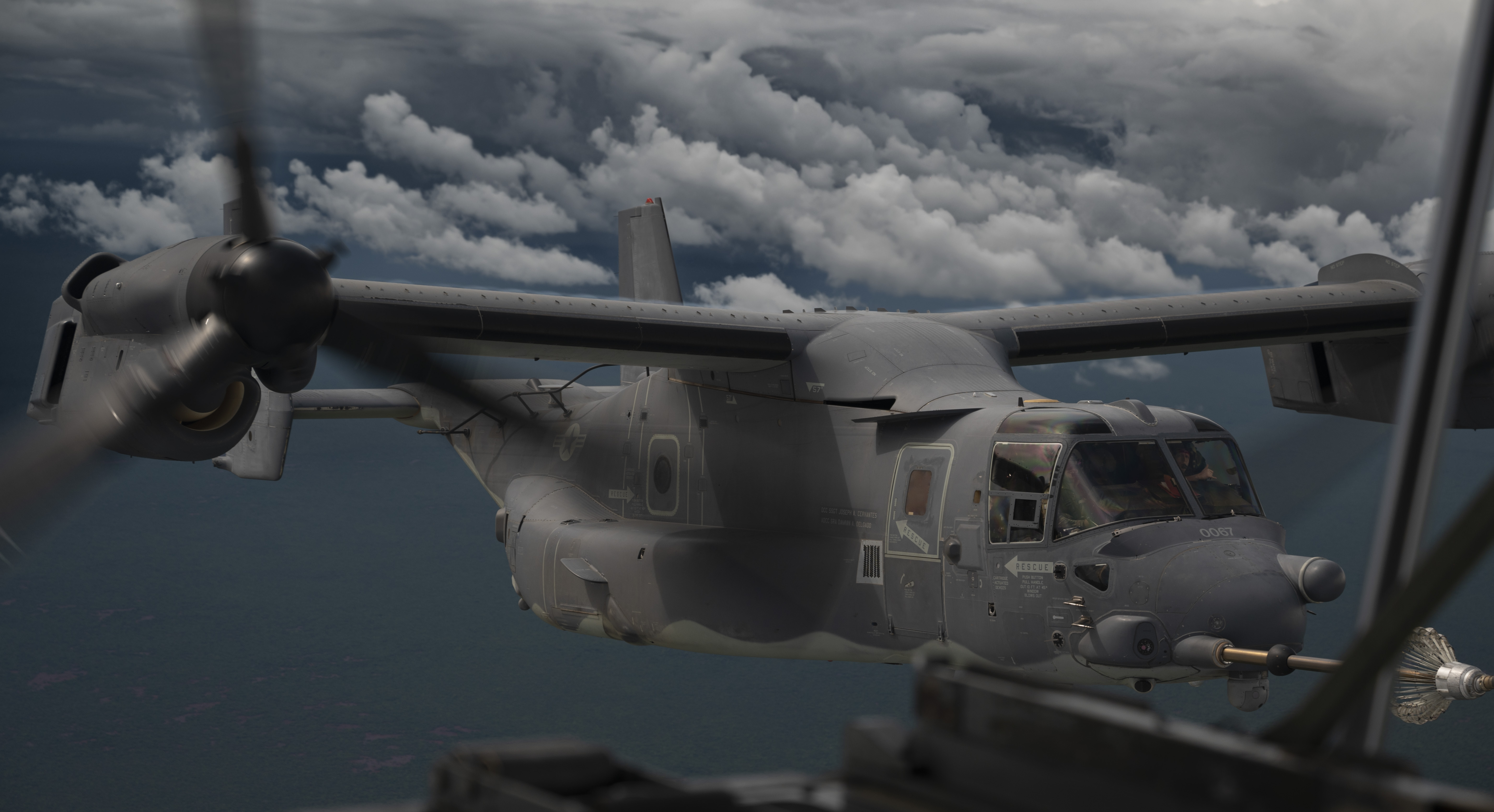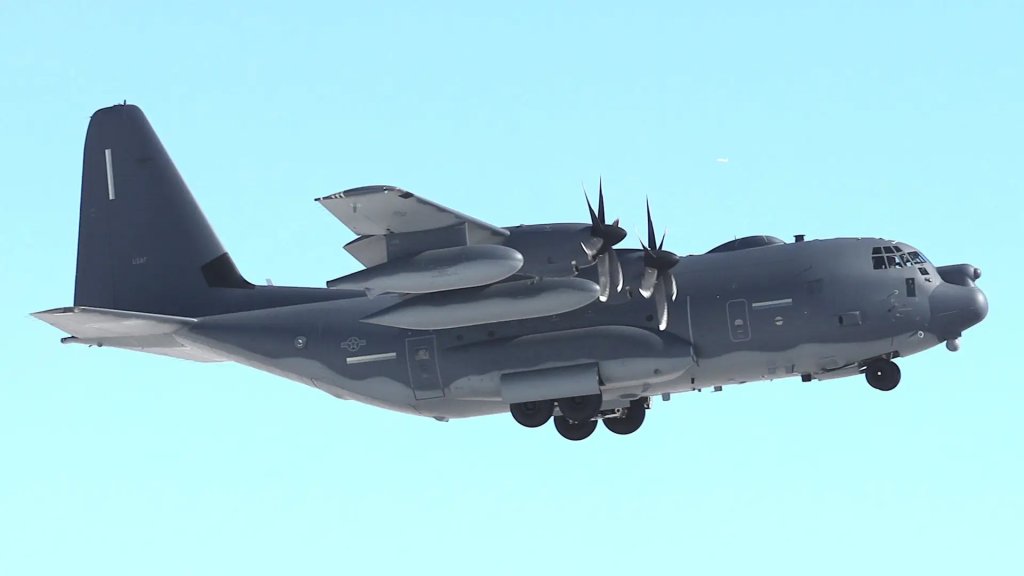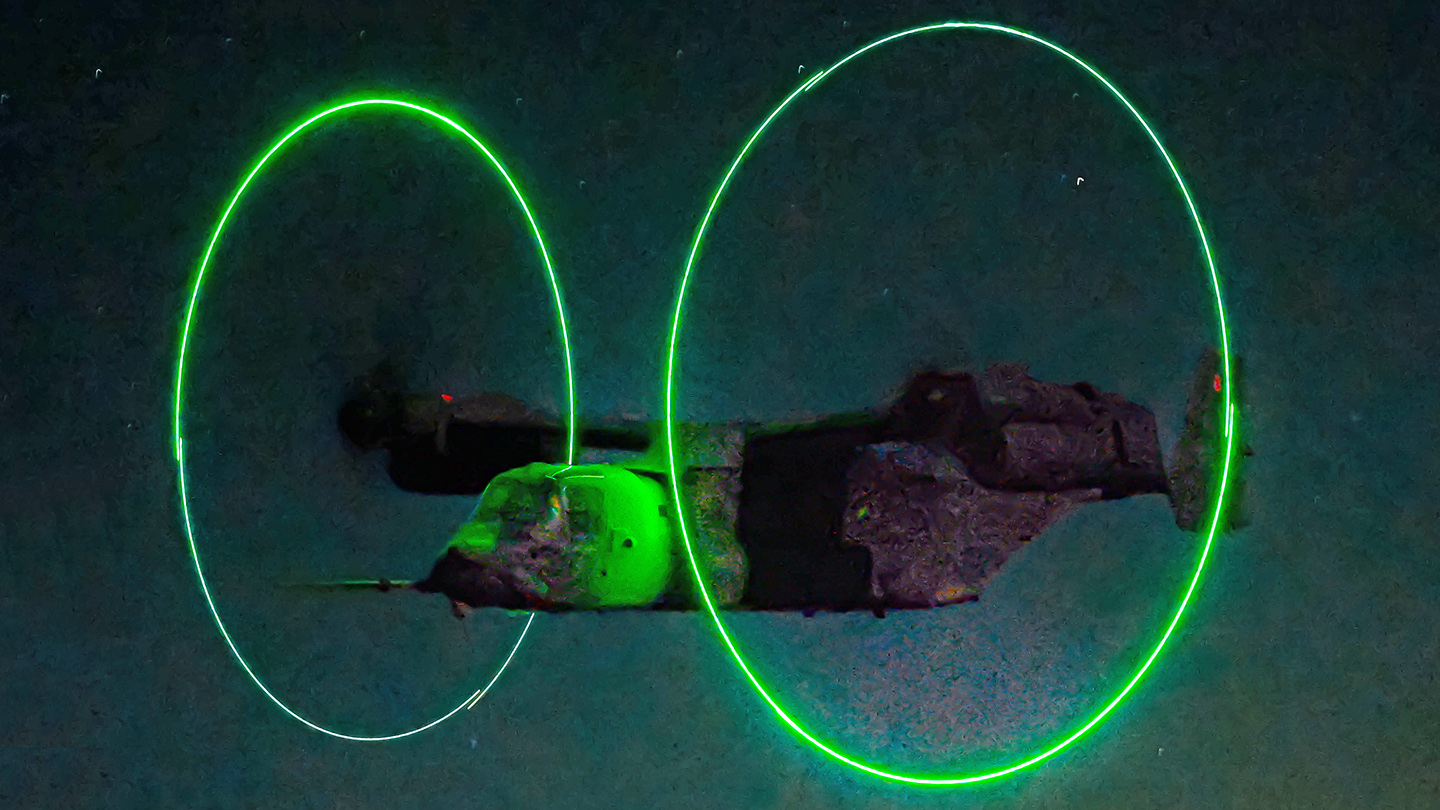As it looks to remain relevant in a future that could see conflict with a great power like China, Air Force Special Operations Command (AFSOC) is seeking to apply key lessons learned from the war in Ukraine, a high-ranking U.S. Air Force official told The War Zone. The ability to operate in a dense electronic warfare environment and to adapt very quickly to new tactical challenges, in particular, are great areas of interest, spurring a review of how the command views training and new acquisitions, the official said.
For the past two decades, AFSOC’s arsenal of aircraft operated in largely benign electromagnetic combat environments, often guided by special tactics airmen on radios, in virtually uncontested airspace against insurgent groups possessing no electronic warfare (EW) capabilities.

In Ukraine, both sides possess such robust EW abilities that each has resorted to fiber optic cables, impervious to jamming, for a significant portion of their FPV drone operations. Communications there are often highly degraded, and offensive and defensive measures are constantly being updated by the combatants in an endless game of whack-a-mole. Jammers exist on many individual vehicles, and GPS is also under constant electronic attack. Even U.S.-donated munitions like the Ground Launched Small Diameter Bomb (GLSDB) have seen their effectiveness thwarted, at least in part, by EW.
One of the major takeaways from Ukraine is figuring out how special operations forces (SOF) airpower can fight “in environments that are heavily degraded, in terms of jamming, in terms of electronic warfare, electronic attack,” said the official, speaking on condition of anonymity to discuss planning issues. The command needs to “increase our acumen and our skill set and our ability and capability and capacity” to ensure EW success, both offensively and defensively.

In future “GPS-denied environments, how do you have alternate [precision, navigation and timing] PNT? Resilient PNT? How do you fight and survive? Really, both of those sides of the coin in an environment like Ukraine have provided a wealth of information and lessons learned, and how you do that in an environment that is really unique to what we’ve seen over the last several decades?”
As a result of these takeaways, the official said AFSOC is considering changing the way it prepares for war.
“Our people are a decisive advantage, more important than hardware,” the official posited. “So how do we train all the way from our ground forces, the Special Tactics units, how do we train them? How do we equip them to be relevant in the EW fight, but also then onto our platform? So we’re looking at, how do you leverage aircrew back onto certain platforms? … What platforms might require some of our combat systems officers to be put back into the crew complement? Once you do that, how are you training them to be effective from day one, as they come to us out of their initial qualification training, what systems are those?”

Beyond how it utilizes its airmen, AFSOC is also rethinking its acquisition process, with an eye on becoming far more nimble in this regard than in the past.
“This need to really be proactive and dynamic, to change the capabilities of either the platforms or just jump from platform to platform, in terms of capability to respond to the dynamic environment that you’re experiencing. You’ve seen this probably plenty in your own reporting about how quickly both sides are adapting their capabilities to employ in combat, and the need to react to that rapidly. And so what that means to me, in the position that I’m in, you start to think about how do I apply this to – we talk in terms of programs of record, but maybe I need to be talking about programs of capability,” the official suggested.
“There’s certainly your major platforms … But in some of the lower-level kinds of things – offensive asymmetric capabilities – what do you do there? You see … a lot of systems every day in that theater being employed, but if we are trying to plan to gain a capability, how are we flexibly able to determine what might be viable today that may not be viable, maybe in a few weeks or six months, or a year from now? So you want to have flexible programs of capability so that you can now leap to the thing that works today, may not work a year from now. So I’ve got to be able to make that leap in a very dynamic, rapid way to be relevant on the battlefield.”

Moving away from so-called ‘exquisite’ systems that are very complex, expensive, and time-consuming to build to more affordable and attritable ones is also a possibility for some mission sets and capability needs, according to the official.
“Oftentimes, we think in terms of major weapon systems. Well, some of these capabilities we may need to think more of in terms of consumables, more like ammunition. That we can employ them [in a way] if we lose them, that’s not a concern the way that it would be with a major weapon system platform, so that we can then either divest and move to the next thing, or we’ve employed them and we’ve lost some, and that’s okay, too.”
As for programs of record, the official said that AFSOC’s recent acceptance of the last of the AC-130J Ghostrider gunships and MC-130J Commando II transport/tankers it plans to purchase “is something to be celebrated, and that’s a great milestone. But that doesn’t mean we’re anywhere near being done with the work that we would want to put into them to keep them relevant in the scenarios that you’re asking about, certainly with what we’re learning.”

The need to be able to rapidly update these platforms and other systems to keep them relevant is growing larger by the day. Addressing this, too, via systemic procurement and development changes is also important, according to the official:
“And then, in terms of the systems themselves, this is where we’re working with, both the service and SOCOM, where you have autonomous systems. You get into radios that we want to be software defined, so that you aren’t constantly chasing what I call the ‘Box of the Month Club,’ where by the time you have laid a great deal of resourcing into a system, it’s got to be so dynamic that you aren’t vendor locked. Thereby, you need open systems architecture, you need modularity and this notion of government reference architectures between SOCOM and the Air Force, so that you can then rapidly iterate to change, in some cases, the actual functionality of the system itself to be responsive to now what you’re seeing on the battlefield.”
“How are we training our people? Do we have the right systems on the airplanes? How are we integrating those with the broader SOF and joint force to make them relevant? Those are all really key foundational considerations” that AFSOC is working on.
Contact the author: howard@thewarzone.com
